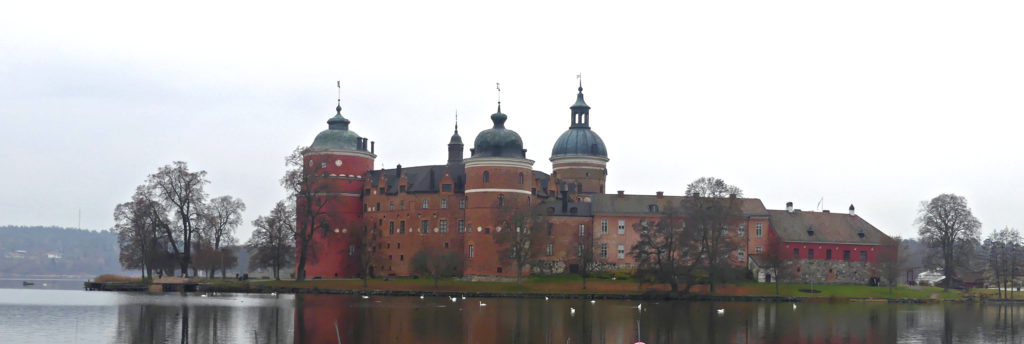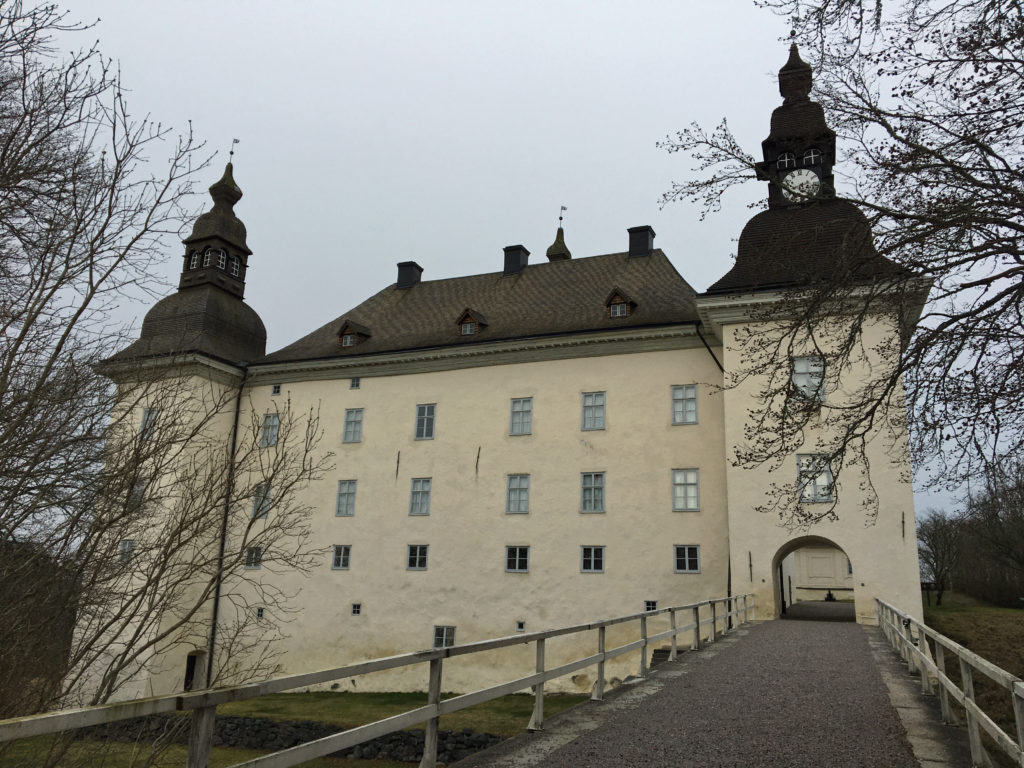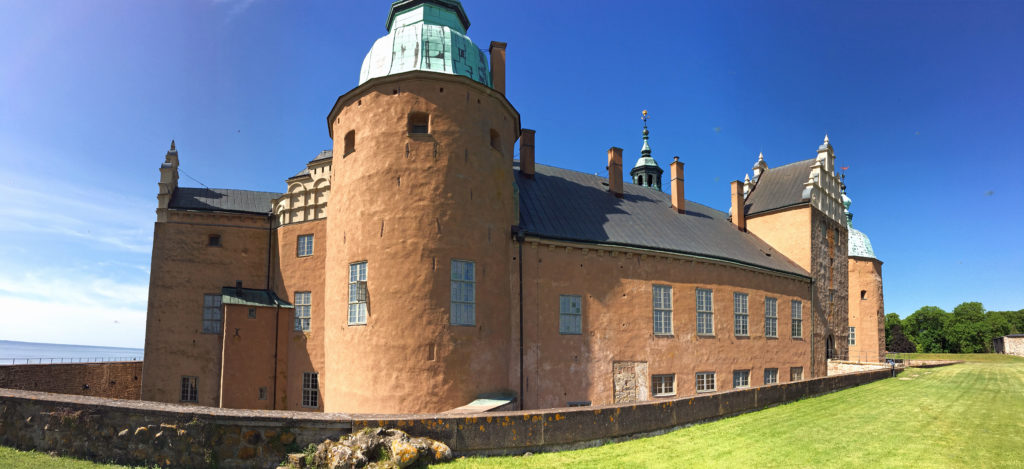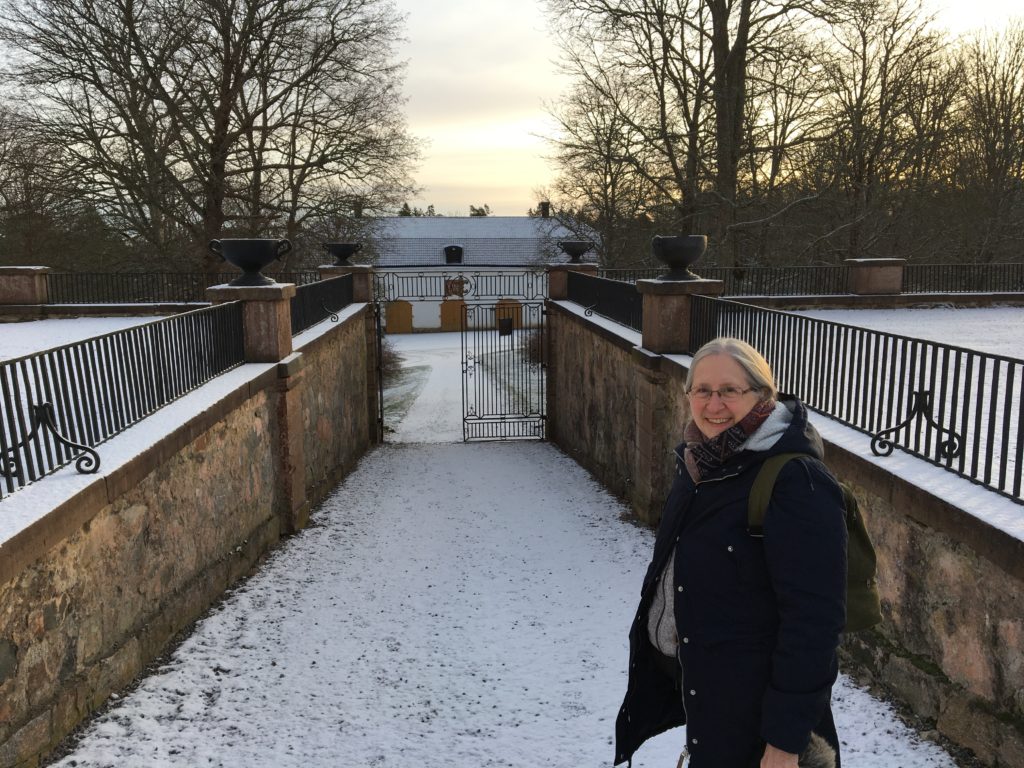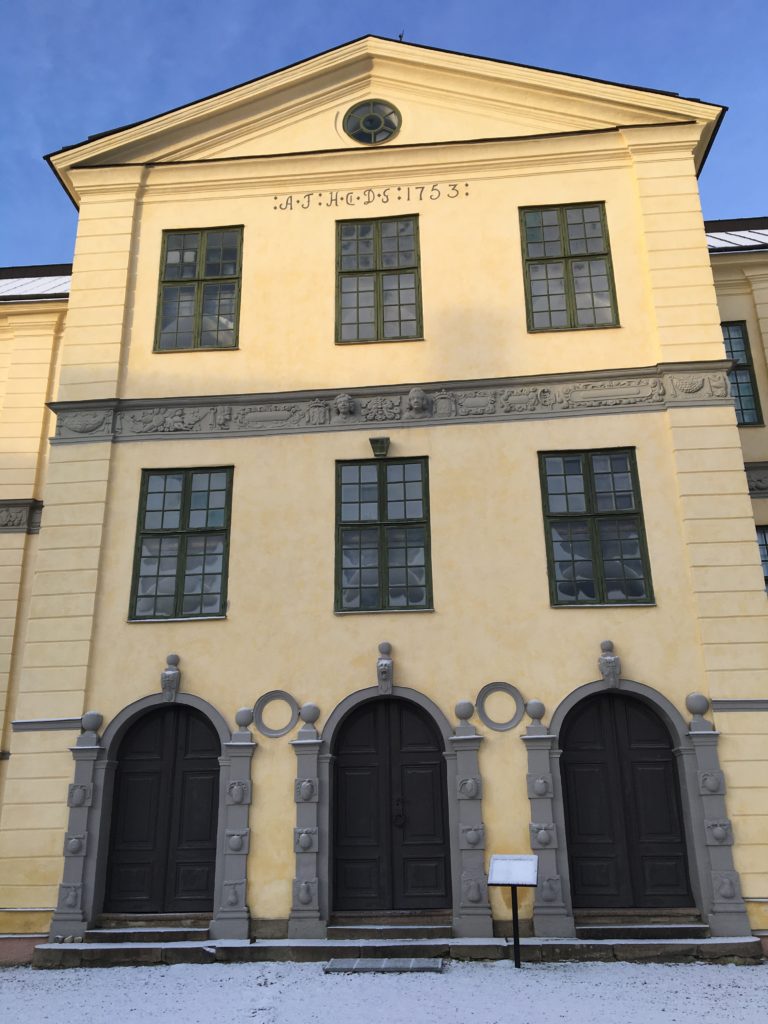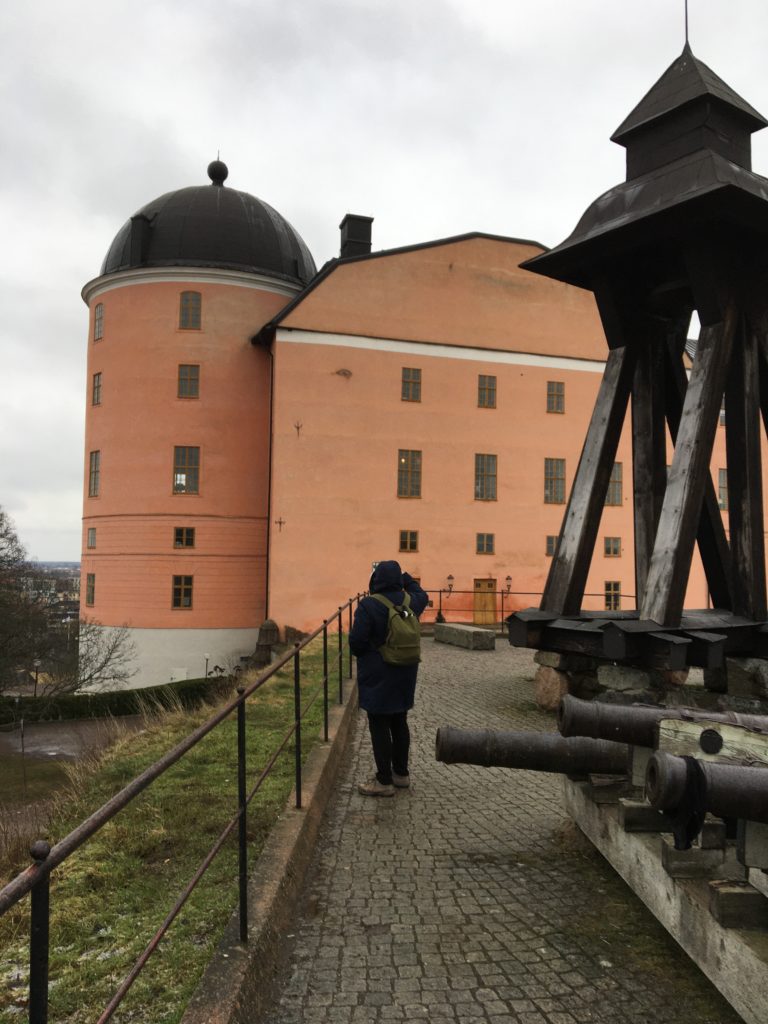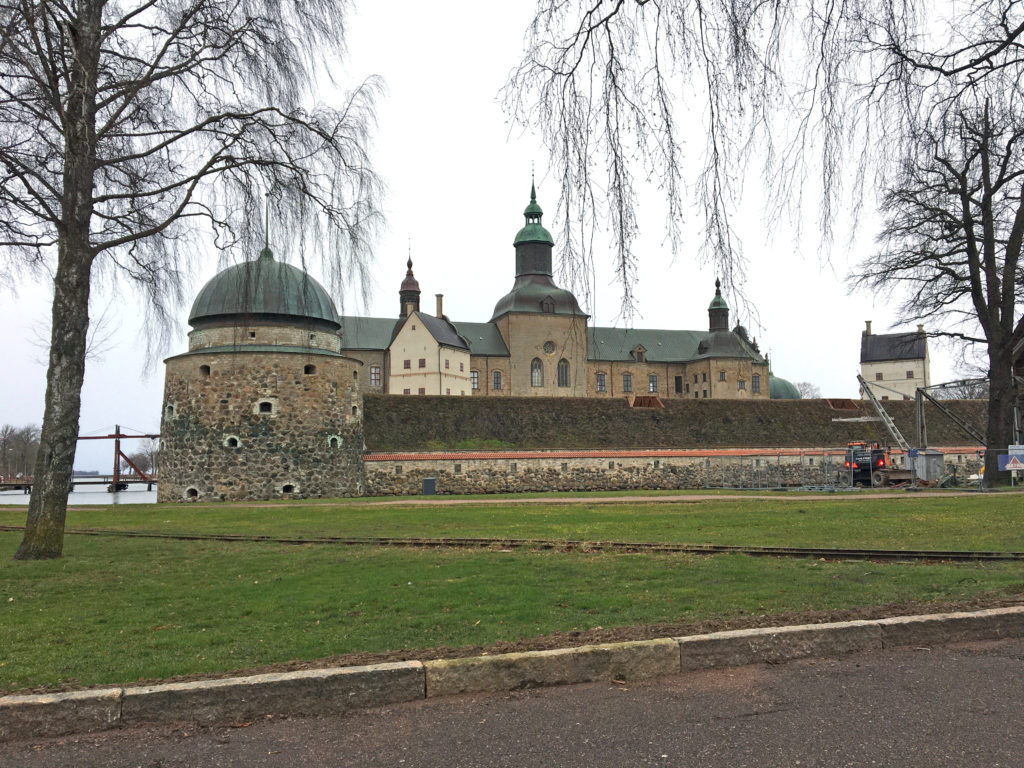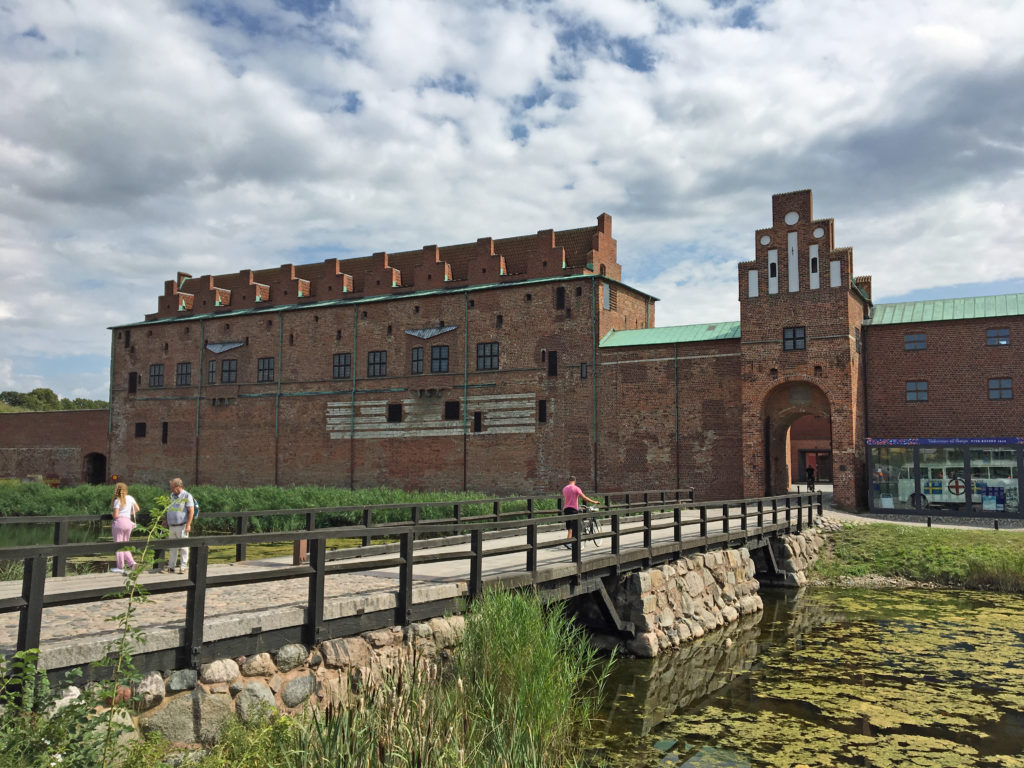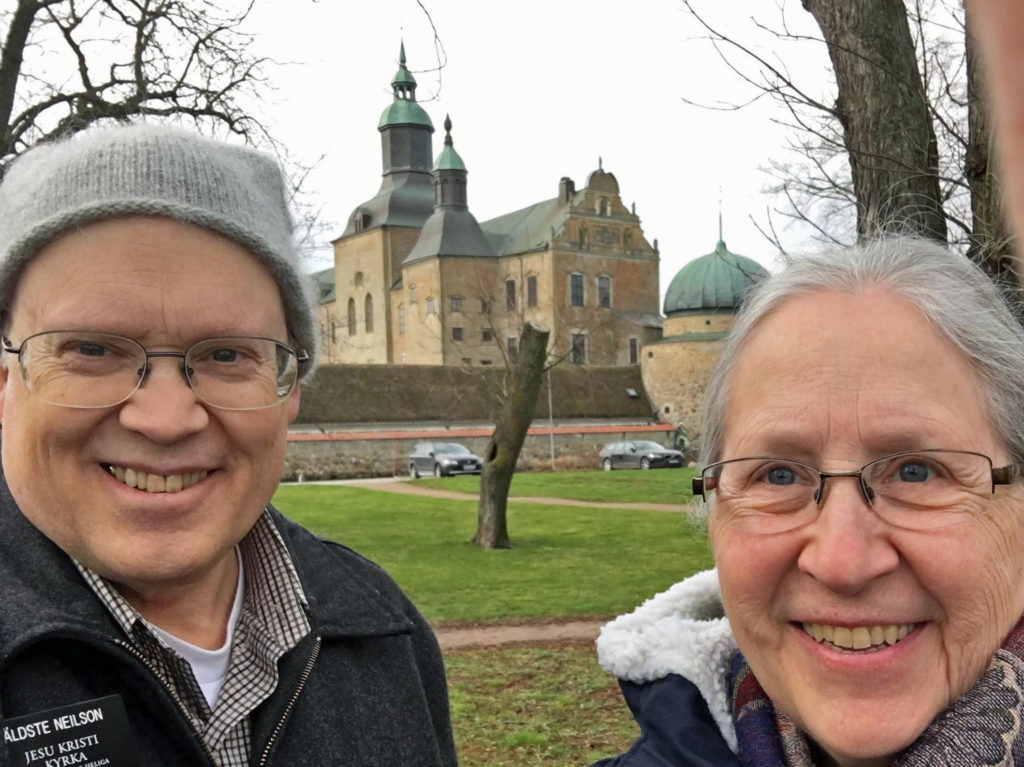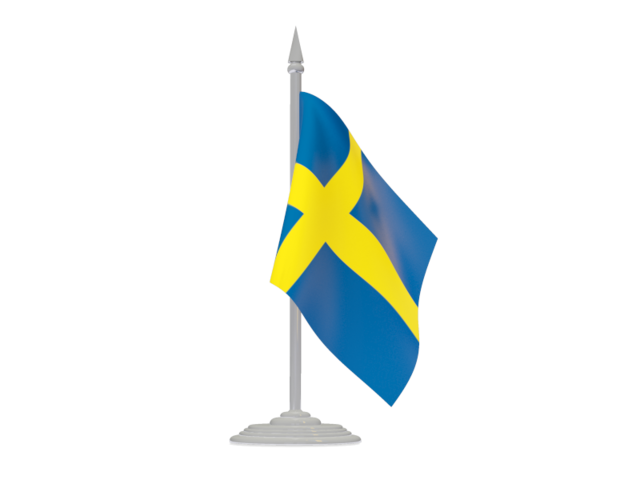
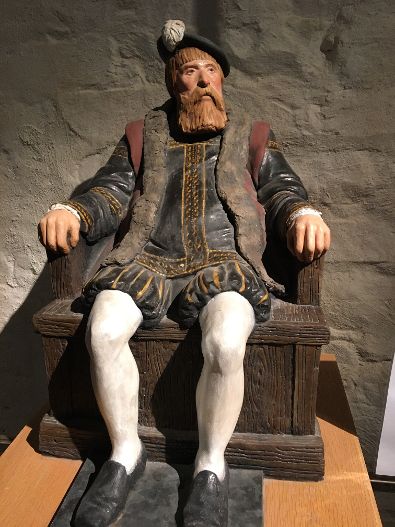

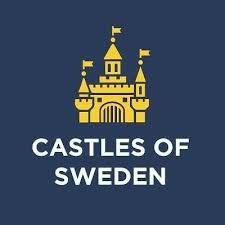
As we have traveled around Sweden and visited various and sundry towns and cities in the course of our service, we have had the opportunity to visit a number of castles and manors. The very largest and most impressive ones were the homes of Sweden’s kings and royalty, while the smaller manor houses are the homes of lesser nobility, and often still occupied as private residents by the descendants of the original founding families. The big castles are often associated with old King Gustav Vasa, the founder of “modern” Sweden, who several times took existing castles and made them bigger, better fortified or more like the Renaissance show pieces of the rest of Europe. Some of the castles date back to the middle ages and were essentially fortresses, like Malmö Slott.
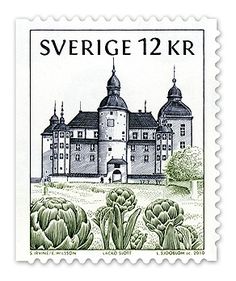
A “slott” by the way, is what the Swedes call a ‘castle’.

Some of them have had many uses over the years, including periods of neglect and decay when the cold old stone structures were used for storing grain or livestock. Others have been the homes of royal family for generations. The current King and Queen in Sweden have multiple residences, but the showpiece is the castle at Drottningholm, on an island west of Stockholm. Built in the 1600’s, it is a working palace. Other Renaissance castles are the large Gripsholm Slott in Södermanland, Vadstena Slott on the shores of Lake Vättern, Uppsala Slott north of Stockholm, and Kalmar Slott on the southeast coast where it was established to keep the Danes from encroaching farther north.
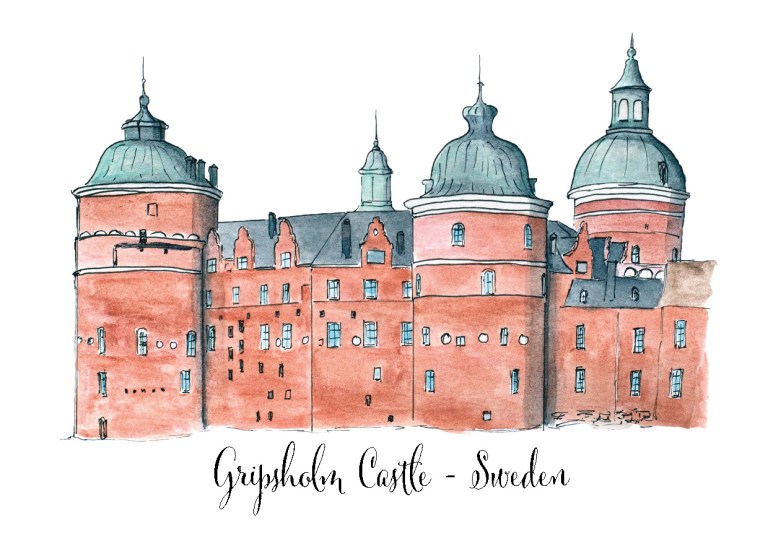
A middle sized castle is the lovely Bäckeskogs Slott in southern Sweden in the province of Skåne. It started out as a monastery and eventually became military headquarters after the Danes were forced out of Sweden and today is used primarily for conferences and social gatherings such as weddings. It is surrounded by a beautiful park and farm land with trees hundreds of years old, and is one our favorites. Not all Swedish castles are preserved – some are ruins and have been for hundreds of years. We recall the little Lyckå Slott ruin just a mile from our chapel in Lyckeby north of Karlskrona. The Manor was built in the 1500’s during Danish occupation of the area and the local farmers were forced to provide the large stones that made up the walls. And on the island of Öland are the ruins of the important Borgholm Slott, guarding the strait between the island and the mainland. Now roofless, its massive stone walls are still impressive. The history of these structures is fascinating and one wonders what life must have been like 300, 400 or 500 years ago. The stone buildings must have been hard to heat – in fact we were quite chilled when we visited the castle in Vadstena in February. The dungeon in Kalmar Slott was a pit situated below the kitchen floor that was wet and cold and must have been an absolutely miserable place. The kitchens were large and the receptions rooms of the larger castles were as big as basketball courts. We have been very impressed with the construction – holding up the floor above our heads in several of the large castles have been wooden beams 40 to 50 feet long, cut from a single tree and squared to 18 inches by 24. Such trees are pretty rare now in Sweden, despite the fact that half of the country is forest.
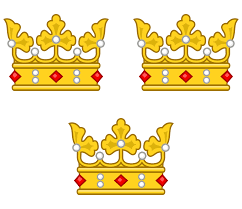
The minor castles, (hundreds of them), are scattered around Sweden and as we travel we also take a few pictures of these manor houses. They are mostly closed to the public as they are now privately owned but are usually open publicly for visitors during the summer months. We have visited Ekenäs, Löfstad, and Steninge, beautiful old manors, the kind originally built by governors or other officials, which still retain their elegance and beauty today.

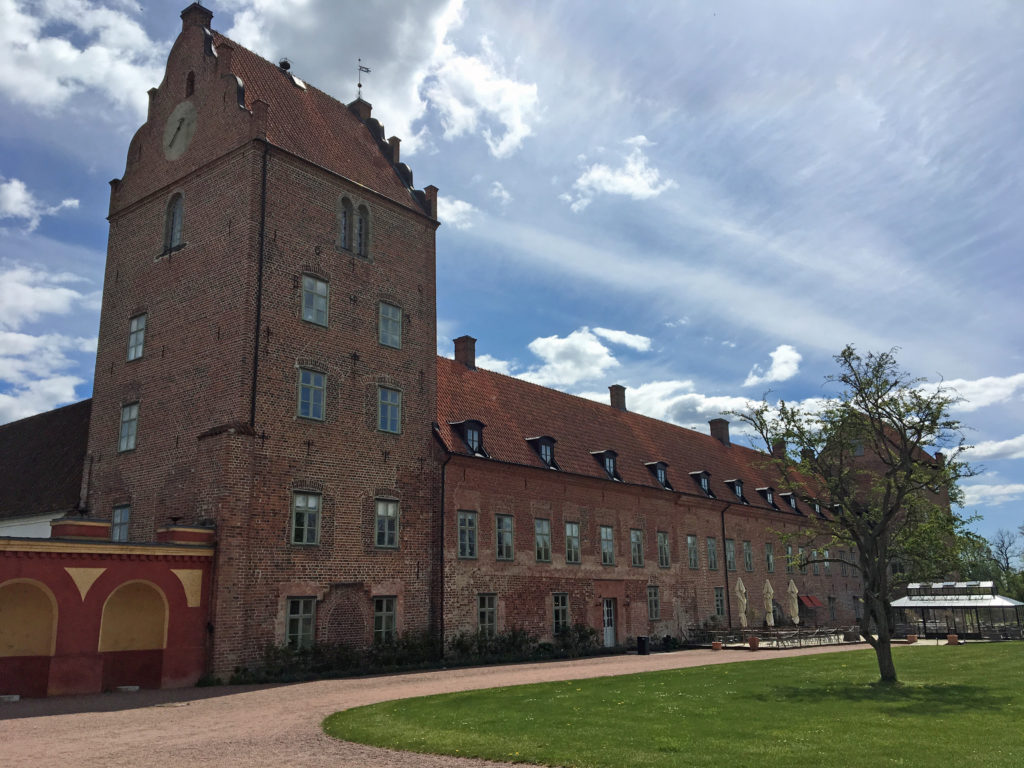
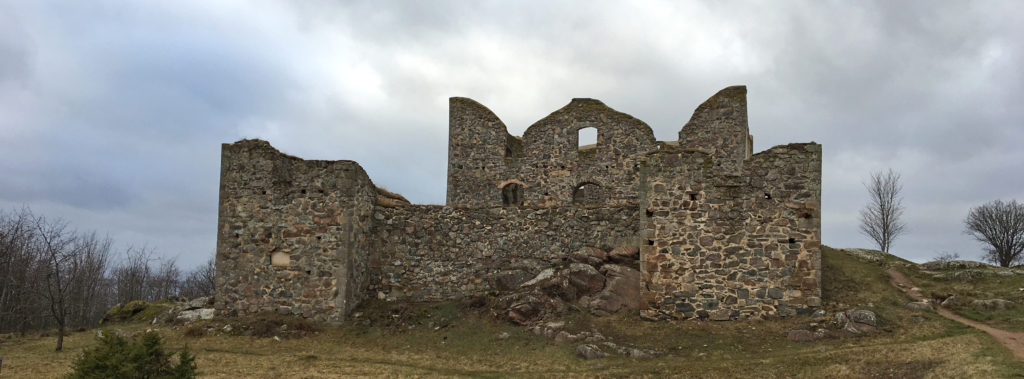
But our favorite little manor is a ruin, sitting on the top of a hill overlooking Lake Vättern, called Brahehus. It was the home of Count Per Brahe, and built in the 1640’s. It is a lonely place just off the freeway, with a chill wind blowing through the empty windows and enclosure, without a roof, but with the memory of a former elegance still present. One thinks of the lives of the people who dwelt in these places so many years ago – how are they remembered, if at all?
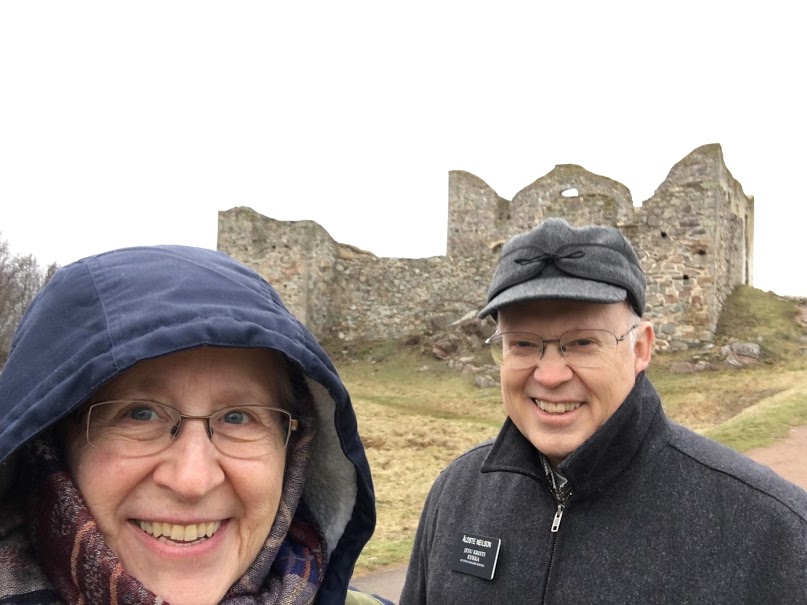
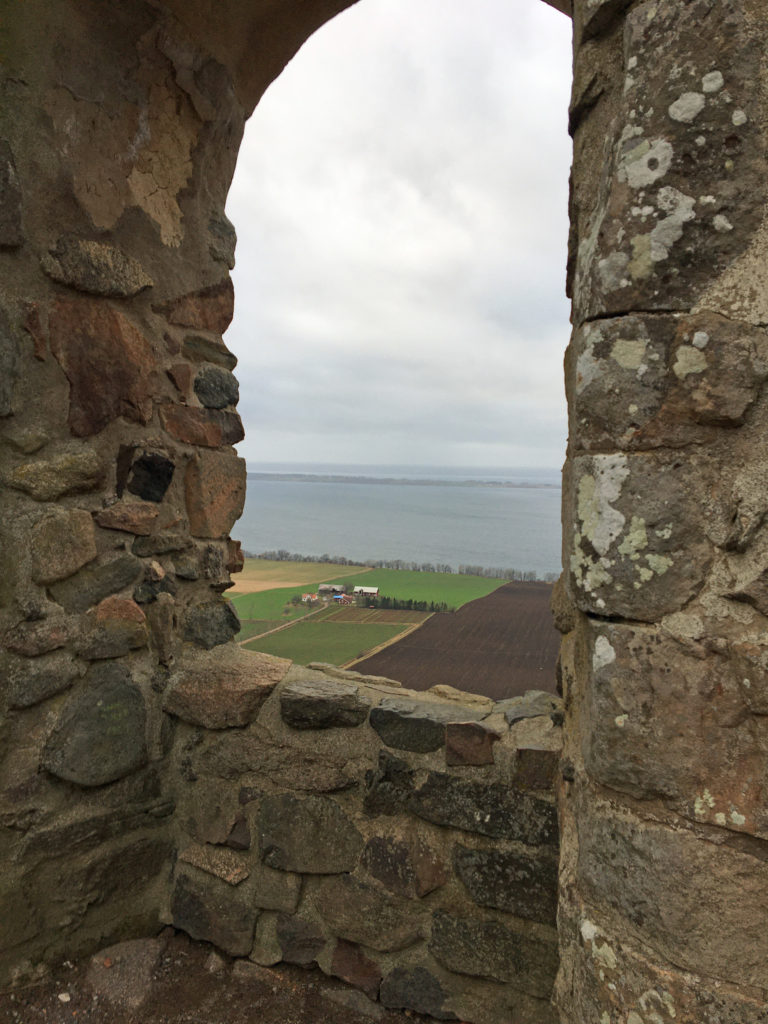
It also makes one think of what it means to build a home. One seeks protection from the elements, certainly, and comfort. A home is a place that should be filled with happy memories and a place where one feels secure and loved. It doesn’t have to be castle, but today we face so many real enemies trying to destroy the whole concept of family. Family and marriage are being redefined to accommodate a variety of lifestyles. But the traditional family, with a man and woman bound together in love and the marriage covenant, raising their children to be honorable, useful citizens, is still the best model and the one that produces the most stable society. Of course no family is perfect, and every family faces its own challenges. But the traditional model is still the ideal in our view and what has given us the greatest joy. It is an eternal, God-given model.

